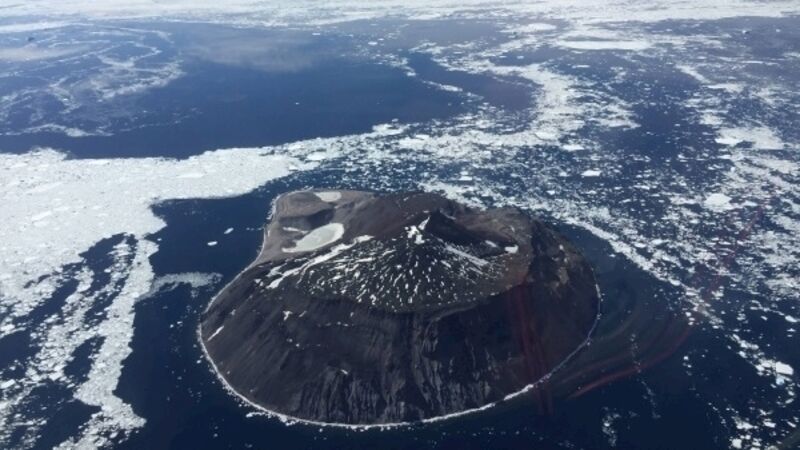Hopes for replica ship visit 200 years on from Bransfield’s Antarctica sighting

The organisers of a special commemoration for an Irishman acknowledged as being the first person to record a sighting of Antarctica are hoping that a replica of the ship he was on at the time will visit his native Co Cork.
Edward Bransfield, who was born in Ballinacurra, near Midleton, was on-board the merchant ship The Williams when in January 1820 he spotted the icy continent.













